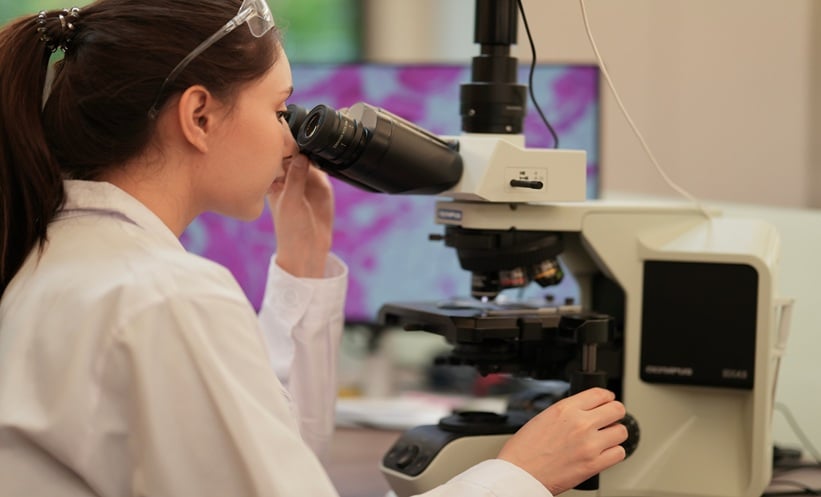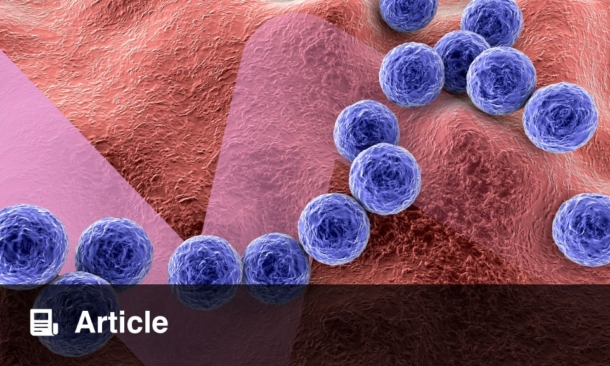IN a significant advancement for the management of prurigo nodularis, a chronic and debilitating skin condition, a new systematic review highlights the promise of emerging biologic and targeted therapies that directly address the disease’s immune and neurogenic drivers. Prurigo nodularis (PN) is marked by intensely itchy, hyperkeratotic nodules and a relentless itch-scratch cycle. Traditional treatments often fall short, leaving patients with ongoing discomfort and reduced quality of life.
The study, led by Gaetano Licata, screened 123 publications and selected 26 studies published between January 2020 and March 2025, focusing on biologic agents, JAK inhibitors, and real-world outcomes. Their analysis confirms that PN is primarily mediated by T helper type 2 (Th2) immune dysregulation and neuroinflammation, with key roles played by interleukins IL-4, IL-13, and IL-31.
Dupilumab, an IL-4 receptor alpha antagonist, has demonstrated substantial efficacy in phase III trials (PRIME and PRIME2), significantly reducing both pruritus and lesion burden. Already approved by the FDA and EMA, it is considered a frontline therapy. Nemolizumab, which targets IL-31 receptor alpha, received EMA approval in 2025 and has shown rapid and sustained symptom control. Both therapies mark a major step forward in PN care.
Several other agents are in the pipeline or under investigation, including JAK inhibitors, vixarelimab—a dual inhibitor of IL-31 and oncostatin M—rocatinlimab, an anti-OX40 therapy, and the anti-IgE biologic omalizumab. These therapies aim to disrupt the chronic neuroimmune loop that underlies PN, offering alternatives for patients with refractory disease.
The authors emphasize the importance of personalized medicine in PN, advocating for immunologic endotyping using biomarkers like eosinophilia and race-specific cytokine profiles to guide therapy selection. This approach aligns with the emerging paradigm of precision dermatology, where treatments are tailored to molecular and immunologic patient subtypes.
For healthcare professionals treating PN, these findings represent a pivotal shift. With biologic and targeted agents now offering effective, durable symptom relief, clinicians have new tools to manage this complex disease and improve patient outcomes in ways that were previously not possible.
Reference
Licata G et al. Emerging Therapies in the Treatment of Prurigo Nodularis: Biological Therapy and Systematic Review of Literature. Dermatol Ther (Heidelb). 2025 May 15. doi:10.1007/s13555-025-01437-8.








